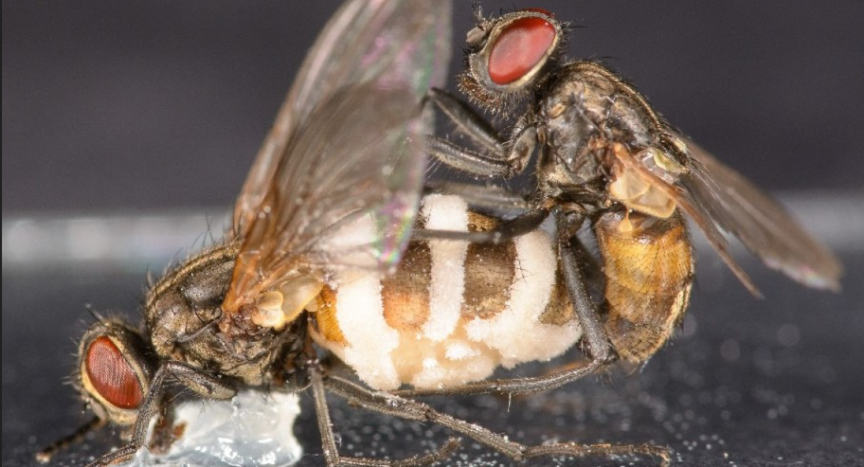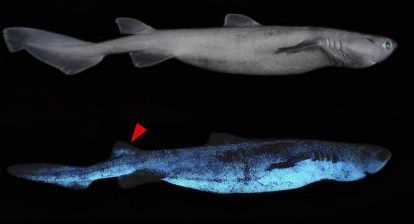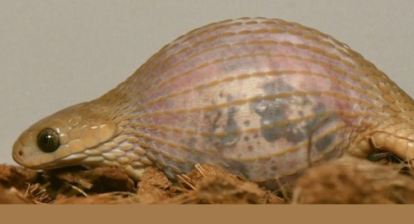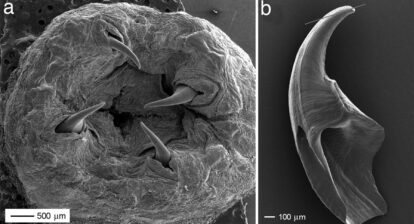Zombie fly fungus compels male flies to copulate with corpses
Survival strategies in nature are often fascinating and often quite bizarre. Like the fungus Entomophthora muscae, which infects female houseflies, turns them into zombies, and when they die it sends out chemical signals that attract male flies to have sex with them. Bizarre right?
E. muscae is a widespread fungus and it propagates by infecting common houseflies with deadly spores. According to a new study published in the journal Nature, it compels male houseflies to necrophilia with the infected corpses of dead females.
First it infects a female fly with its spores, then it spreads throughout the body of the fly, slowly consuming it from within. As it does so, after about six days or so, it takes over the fly’s behaviour and makes it climb to the highest point of a wall, tree or plant, where the female fly dies. Now the fungus releases chemical signals known as sesquiterpenes that attract male houseflies. The longer the fly has been dead the more attractive it becomes to the males.
“The chemical signals act as pheromones that bewitch male flies and cause an incredible urge for them to mate with lifeless female carcasses,” explains Henrik H. De Fine Licht, an associate professor at the University of Copenhagen’s Department of Environment and Plant Sciences and one of the study’s authors.
“We see that the longer a female fly has been dead, the more alluring it becomes to males. This is because the number of fungal spores increases with time, which enhances the seductive fragrances,” he adds.
When male flies copulate with the females the spores are transferred to the males, who also then are consumed and die. Spores are also spread into the air from both females and males, so that they can land on others. This is how E. Muscae spreads its spores to new hosts and ensures its survival.
“Our observations suggest that this is a very deliberate strategy for the fungus. It is a true master of manipulation – and this is incredibly fascinating,” says Henrik H. De Fine Licht.
This research has the potential to lead to the development of fly repellants in the future.
“Flies are quite unhygienic and can sicken humans and animals by spreading coli bacteria and any diseases that they are carrying. So, there is an incentive to limit housefly populations, in areas where food is being produced for example. This is where the Entomophthora muscae fungus may prove useful. It might be possible for us to use these same fungal fragrances as a biological pest control that attracts healthy males to a fly trap instead of a corpse,” Henrik H. De Fine Licht concludes.
The research has been published in the ISME Journal.







